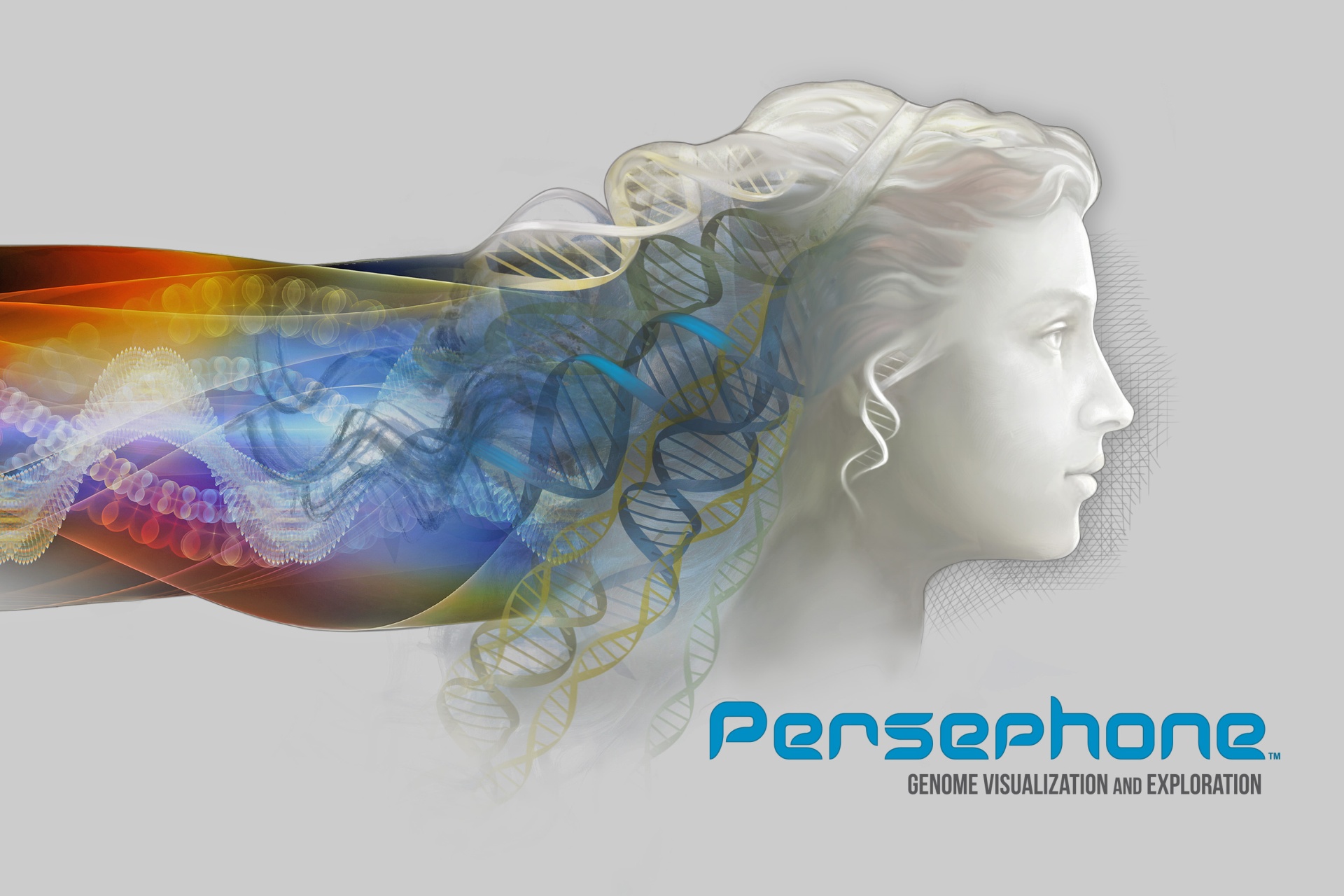Persephone® has been originally designed as a genome viewer for gene predictors. It has allowed users to align various types of evidence with gene models and assess the quality of gene structure predictions.
Since 2010, the tool has evolved to visualize genetic maps, QTLs, variants, RNA-seq, synteny, NGS read alignment, and more, facilitating swift navigation in the ever-expanding world of genomic information. The browser can show multiple maps on the screen, which helps analyze pangenomes. Its capability to compare maps in real time offers a convenient method for detecting structural variations.
Today, Persephone is a state-of-the-art industrial-scale genome browser capable of rapidly showing large data sets due to unique compression algorithms, optimized data transfer, and a fast-rendering engine, which engages some cutting-edge technologies borrowed from the gaming industry.
The entire Persephone framework consists of a database, an API server, which handles communications and serves the main client application, a BLAST and text search servers, and a loader utility to populate the database. Users can also quickly visualize their data without loading it to the database by dragging and dropping local files or reading them from remote locations via URL.
Persephone is used daily in large corporations and academic institutions and continues to uphold its reputation for stability, power, and versatility.




